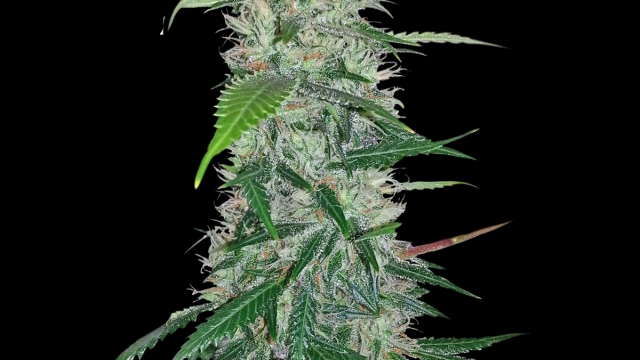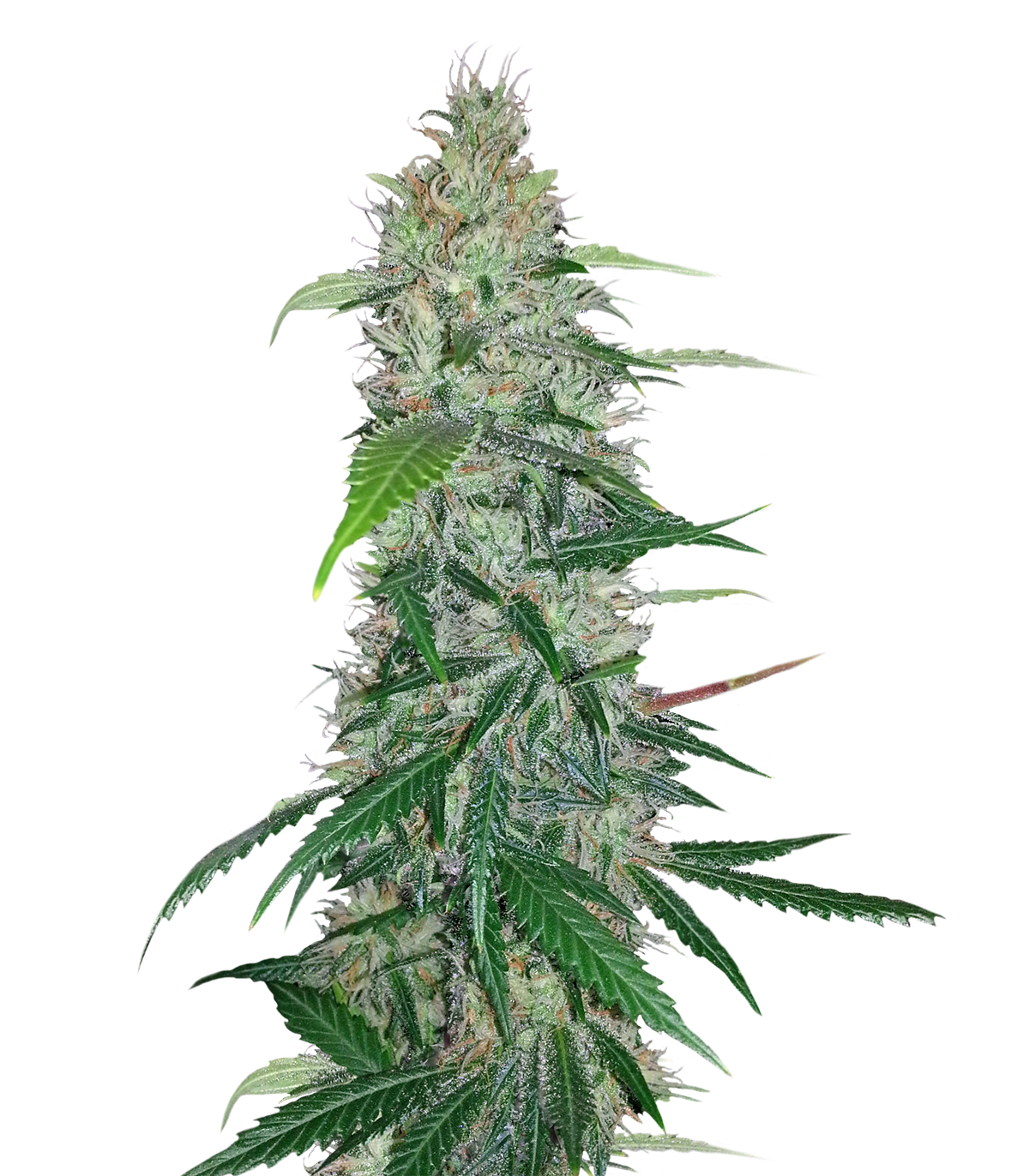
The Highs and Lows of Marijuana: Exploring Its Benefits and Risks
Marijuana, also known as cannabis, has long been a subject of debate and controversy. Its popularity has surged in recent years, with more and more states legalizing it for both medical and recreational use. However, amidst the ongoing conversation surrounding this plant, it is crucial to examine its benefits and risks thoroughly.
Marijuana, derived from the cannabis plant, contains a chemical compound called THC (tetrahydrocannabinol), which is responsible for its psychoactive effects. This compound produces a sense of euphoria and relaxation, making it a sought-after recreational substance. Additionally, it has been found to have potential medicinal properties that can aid in the treatment of various health conditions.
The benefits of marijuana are indeed numerous. Many individuals suffering from chronic pain, including those with conditions like arthritis or multiple sclerosis, have reportedly found relief through marijuana use. It has also shown promise in alleviating nausea and increasing appetite, making it particularly beneficial for patients undergoing chemotherapy or struggling with eating disorders. Furthermore, some studies suggest that marijuana may play a role in reducing seizures in patients with epilepsy.
However, it is crucial to acknowledge the potential risks associated with marijuana use as well. Frequent or heavy use of marijuana can lead to dependence and addiction, and individuals with a history of substance abuse should exercise caution. Additionally, the psychoactive effects of marijuana may impair cognitive function, coordination, and reaction times, which could have adverse effects on tasks such as driving or operating heavy machinery. Studies have also suggested a link between marijuana use and mental health issues, particularly in individuals predisposed to conditions like anxiety or schizophrenia.
In this article, we will delve deeper into the highs and lows of marijuana, exploring its potential benefits and risks. By understanding both sides of the equation, we can develop a more comprehensive perspective on this widely debated plant. Whether you are interested in a comprehensive marijuana guide or are simply curious about its effects, this article aims to provide a balanced analysis to help you make informed decisions.
Benefits of Marijuana
Get More InformationMedical applications: Marijuana has been found to have numerous medical benefits. It has shown promise as a treatment for various conditions such as chronic pain, nausea, and muscle spasms. Additionally, it has been used to alleviate symptoms associated with certain neurological disorders, such as multiple sclerosis and epilepsy.
Mental health support: Some studies have suggested that marijuana may have positive effects on mental health. It could potentially help reduce symptoms of anxiety and depression, providing a sense of relaxation and stress relief for individuals struggling with these conditions.
Cancer treatment aid: Marijuana has been explored for its potential in cancer treatment. Certain compounds found in marijuana, such as cannabinoids, have been found to possess anti-tumor properties. It is also known to help manage some of the side effects of cancer treatment, such as nausea and loss of appetite.
These are just a few of the benefits associated with the use of marijuana. It’s important to note that further research and understanding are still needed to fully uncover its potential benefits and risks.
Risks and Side Effects of Marijuana
Mind-Altering Effects:
Using marijuana can result in various mind-altering effects. THC, the main psychoactive compound in marijuana, can cause feelings of relaxation, euphoria, and altered perception of time and space. However, for some individuals, marijuana may also lead to increased anxiety, paranoia, or even panic attacks.Impaired Cognitive Function:

Marijuana use can impair cognitive function, especially in heavy or long-term users. It may affect memory, attention, and learning abilities, making it difficult to perform complex tasks or maintain focus. This impairment can be particularly problematic for students or individuals whose professions require critical thinking and decision-making skills.Respiratory Issues:
Smoking marijuana, whether in the form of joints or using a water pipe, can irritate the lungs and respiratory system. Chronic marijuana smokers may experience persistent coughing, wheezing, and increased phlegm production. It is important to note that smoking marijuana can also expose individuals to harmful chemicals found in smoke, similar to tobacco smoke.
Keep in mind that the risks and side effects of marijuana may vary depending on factors such as dosage, frequency of use, individual susceptibility, and the strain of marijuana used. It is essential to approach marijuana use responsibly and be aware of the potential risks associated with it.
Regulation and Legalization of Marijuana
The regulation and legalization of marijuana have been subjects of much debate and discussion in recent years. As attitudes towards marijuana continue to evolve, many countries and states have implemented new laws and policies governing its use. In this section, we will explore the current state of marijuana regulations and the implications of its legalization.
Firstly, it is important to note that the regulations surrounding marijuana vary greatly from one jurisdiction to another. Some countries have fully legalized marijuana for recreational and/or medical use, while others have opted for decriminalization or strict regulations. These differing approaches reflect the diverse opinions and beliefs regarding the benefits and risks associated with marijuana.
The legalization of marijuana has brought about several benefits. One of the primary advantages is the potential economic growth and job creation associated with the cannabis industry. Legalizing marijuana can create a new market, stimulate investment, and generate tax revenue for governments. Additionally, legalization can also help reduce the burden on law enforcement and the criminal justice system, allowing resources to be allocated towards more pressing issues.
However, there are also risks and challenges associated with the legalization of marijuana. Critics argue that increased accessibility to marijuana may lead to an increase in consumption, especially among vulnerable populations such as adolescents. There are concerns about potential health risks, including the impact of long-term marijuana use on cognitive development and mental health. Striking a balance between regulation and access is crucial to mitigate these risks and ensure the responsible use of marijuana.
In conclusion, the regulation and legalization of marijuana continue to be hotly debated topics. While it presents opportunities for economic growth and potential benefits for individuals in need of medical treatment, the risks and challenges must also be carefully considered. Striving for a well-regulated and informed approach is vital to address the complexities surrounding marijuana use and to ensure the well-being and safety of individuals and society as a whole.

